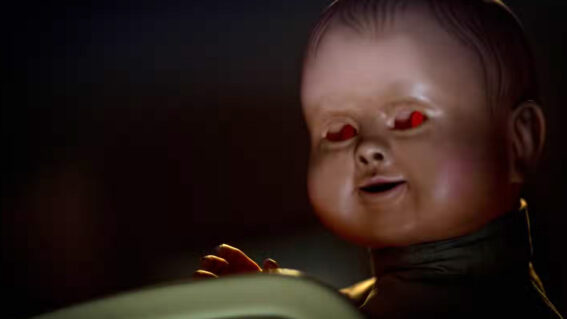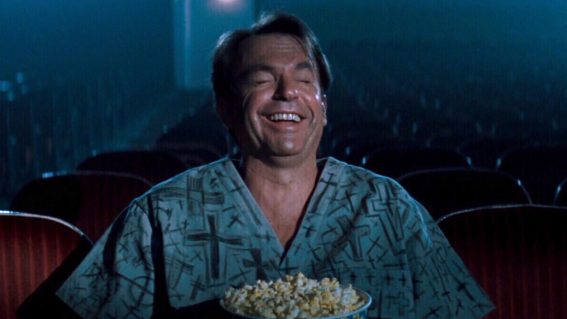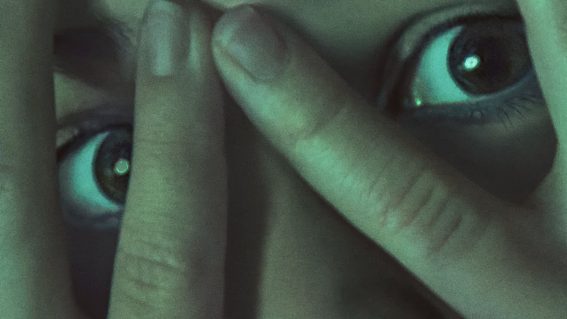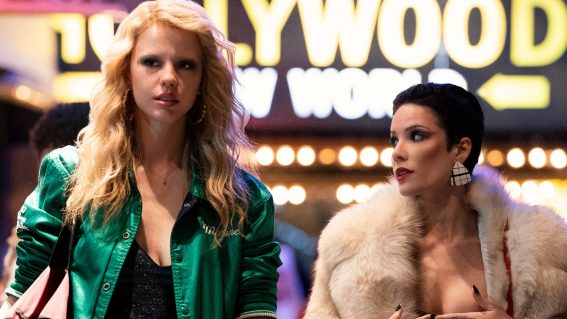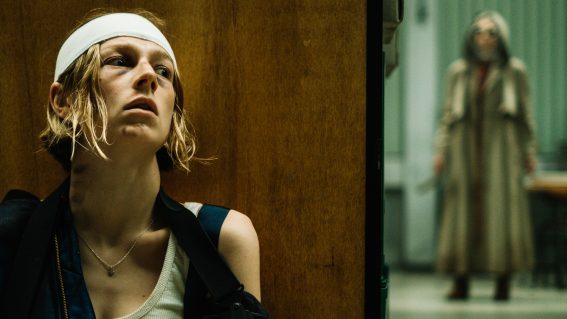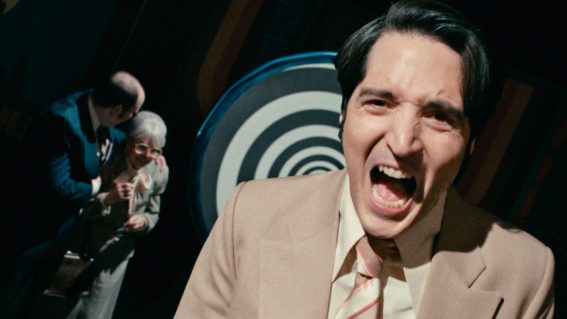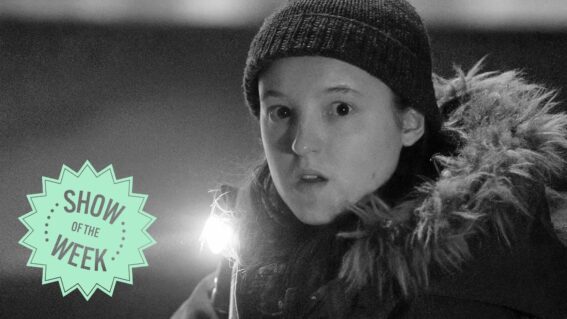The bloody twists and fluidity of Ryan Coogler’s genre mash Sinners
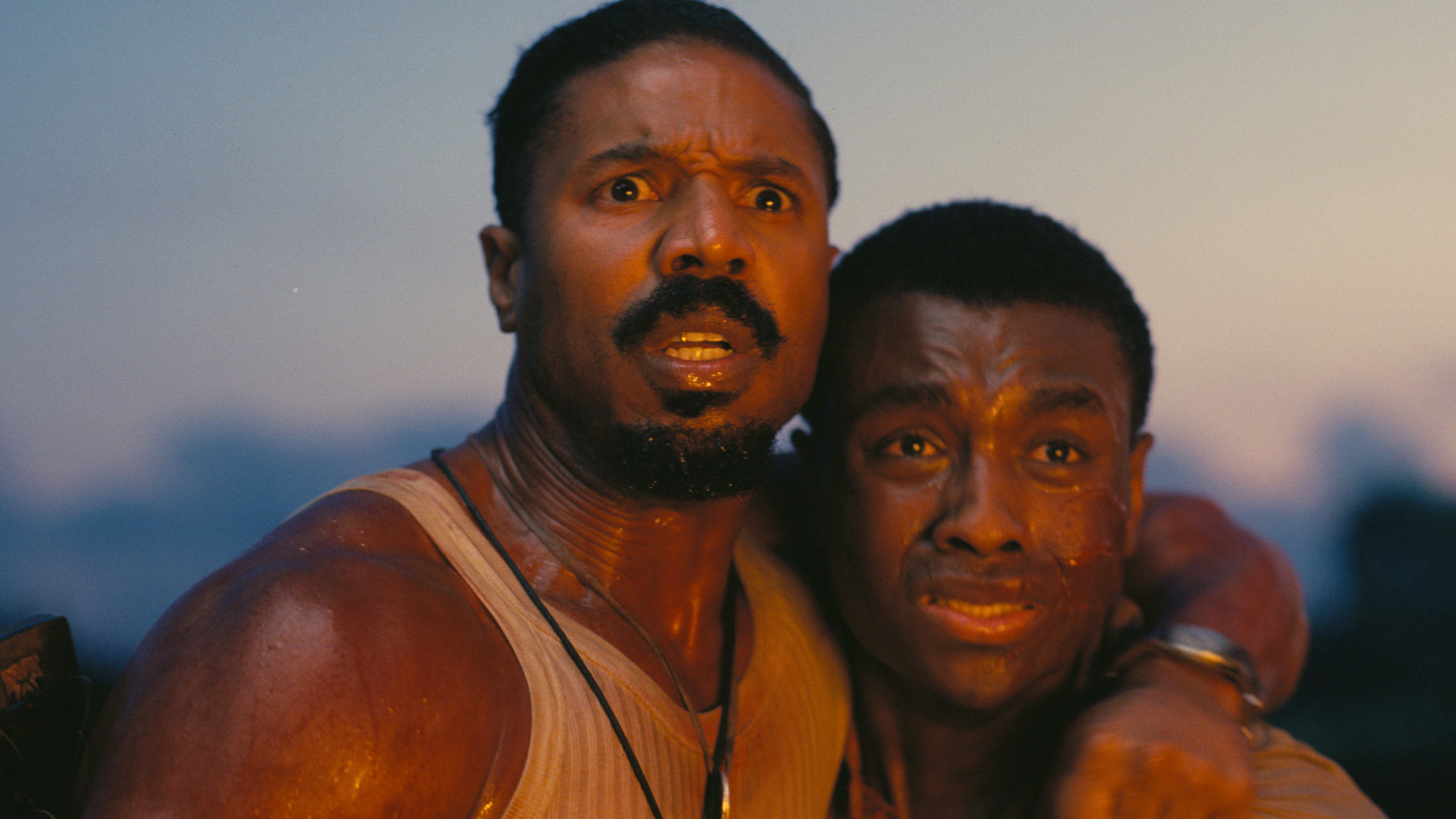
Evidently one Michael B. Jordan wasn’t enough for director Ryan Coogler in Sinners – he plays identical twins in this new horror set in the 1930s. It’s a setting that injects new blood into the perilous proceedings, reports David Michael Brown.
Set against a hotbed of racism scorched by the Mississippi Delta sun, Ryan Coogler’s high-concept horror fusion Sinners is an audacious, ultra-violent, foot-tapping, high-kicking historical horror with two teeth in its neck and a twist in its tail.
Setting a horror film during the 1930s Jim Crow-era South was a brilliant move. The racial unease is palpable. While Richard Fleischer’s tasteless ’70s exploitationer Mandingo, Quentin Tarantino’s Django Unchained and Steve McQueen’s 12 Years a Slave, all took place in the Antebellum South before the Civil War, Sinners is posited after the abolishment of slavery but that does not mean that the racism of the time is any less abhorrent, especially with the rise of the omnipresent Klan.
The director has touted his film as an “exploration of the dichotomy of American culture.” It’s no surprise that the two most prominent locations in this vampish noir are those two disparate places of worship: the church and the speakeasy.
Sinners reunites Michael B. Jordan with his Creed and Black Panther director. He gives one of his finest performances playing identical twins, seamlessly connected on screen. The Smoke Stack brothers are two low-rent criminals who have fled Chicago to return home with a truck full of ill-gotten booze in order to buy an old mill building and open a Juke Joint where locals can get loaded, gamble, eat crayfish and dance to the blues.
Jordan is joined onscreen by a highly effective ensemble including Hailee Steinfeld, Tenaj L. Jackson, newcomer Miles Caton as Preacher Boy Sammie and a vicious Jack O’Connell. With the brothers’ legend preceding them, they are haunted not only by their past but by a virulent strain of bloodsuckers. On opening night, as the liquid begins to flow and the Blues fills the air, the cotton fields are running red with the blood of their clientele.
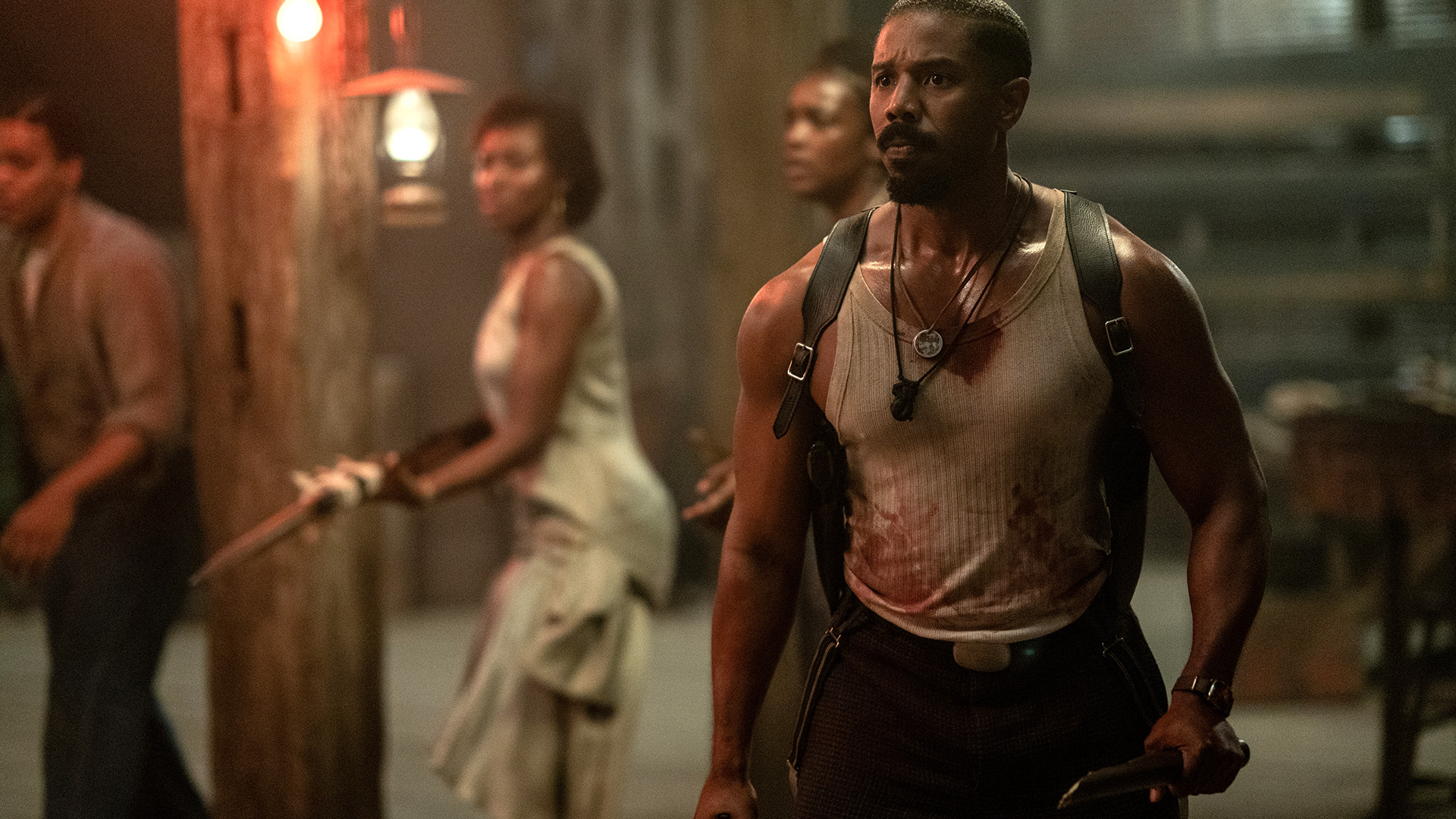
Any talk of vampiric plot twists cannot ignore Robert Rodriguez’s From Dusk Till Dawn although Coogler maintains that the cinema of John Carpenter and in particular, The Thing (along with the Coens’ Inside Llewyn Davis, O Brother, Where Art Thou? and Fargo) were a bigger influence on him. Co-written by Tarantino who also starred alongside George Clooney as the thuggish gangsters the Gecko brothers, From Dusk Till Dawn flipped from hard-boiled thriller to hard core gore fest when they inhabitants of the “Titty Twister” bar are revealed to be a coven of vampires.
From Dusk Till Dawn wasn’t the first (and definitely won’t be the last) slice of pulpy fiction that shoehorns vampires into its narrative. We’ve had vampire films where a vampire moves next door like Fright Night, Tomas Alfredson’s Let the Right One In, or Stephen King’s Salem’s Lot, most memorably adapted by Tobe Hooper in a late ‘70s miniseries, in which a vampire and his cohort make the fictional town in rural Maine their new home.
In David Slade’s savage adaptation of the graphic novel 30 Days of Night, a group of vampires arrive to at the town of Barrow, Alaska as it prepares to be plunged into darkness for 30 long days. Prime feeding time for the unwelcome nocturnal bloodsuckers. In terms of plot, the narrative’s taught streamlined brutality may have shocked the inhabitants of Barrow but for cinema audiences, there were no surprises.
In recent years, Ready or Not directing double act Matt Bettinelli-Olpin and Tyler Gillett’s Abigail was another thriller to prove that crime doesn’t pay. Especially when a group of low-rent crooks kidnap the 12-year-old ballerina daughter of a powerful underworld figure. Retreating to an isolated mansion, they have no idea that they are pawns in peril in a carefully planned con to make sure that young Abigail has her bloodlust sated.
Where audiences were shocked by Rodriguez and Tarantino’s audacious chutzpah, it’s a sign of the times how difficult it is to fool modern day internet savvy audiences. While From Dusk Till Dawn was a radical rug pull for audiences oblivious to the intentions of the filmmakers, talk of the legendary creatures of the Bayou and devilish flashbacks telegraph the arrival of the bloodsuckers in Sinners.
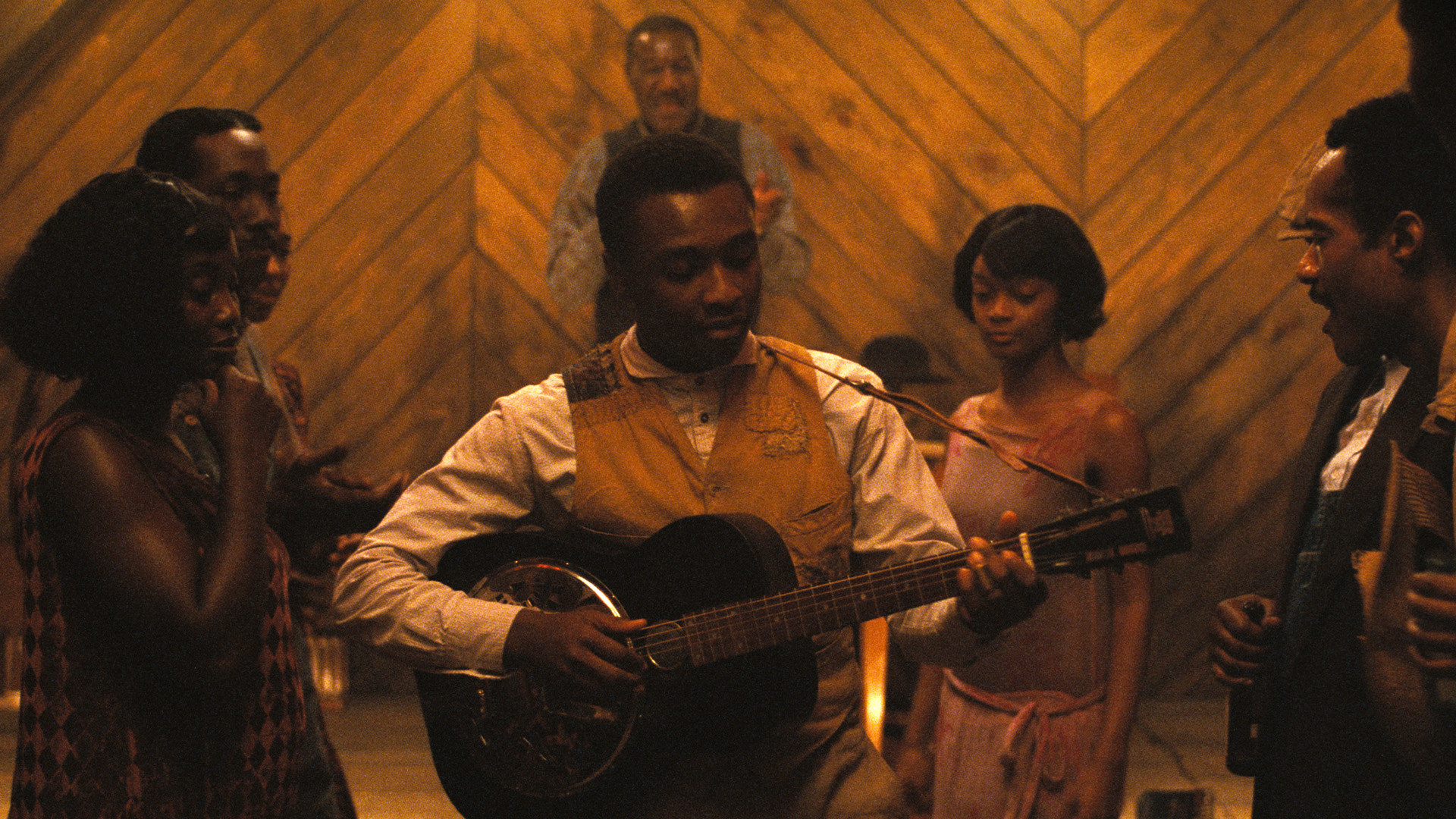
They say that the Devil has all the best tunes and Sinners is about the power and potency of music and how blues, in particular, bridges the generational gap. In an extraordinary sequence when a young bluesman, played by Caton, takes to the stage at the Smoke Stack brothers’ Juke Joint, his incendiary guitar licks not only send the delirious audience into a state of religious fervour but play with the musical ancestry of the Mississippi Delta Blues and the pact that Robert Johnson made with the devil.
At a musical crossroads, the music looks back to its genesis and forward to present day. Not only that, in a possible cinematic first, in a frenzy of high kicking limbs, we get cinema’s first ever example of vampire Irish line dancing.
While some aspects of the film play with the expectations of the genre, others ensure that vampire folklore is adhered to.
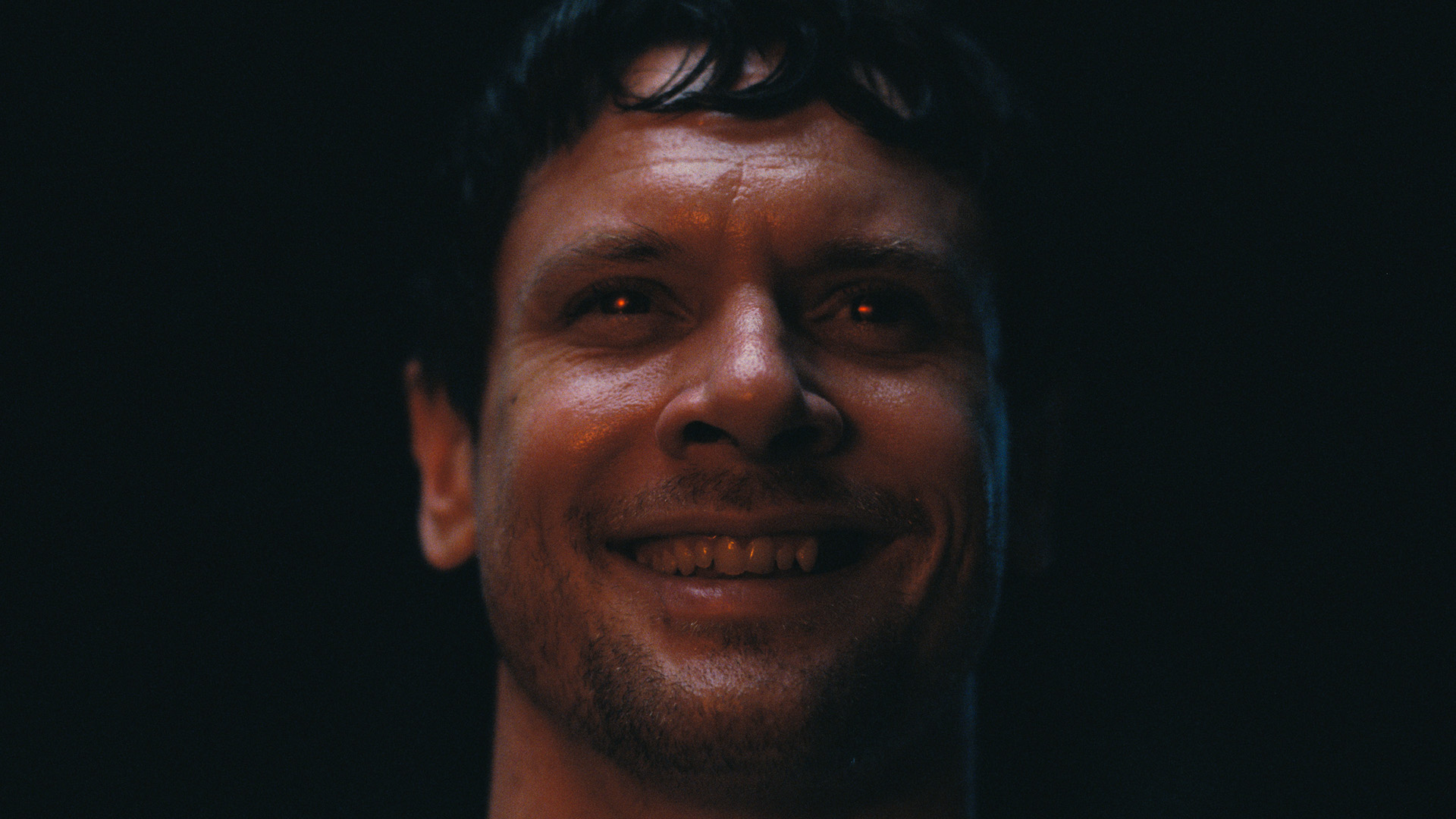
When the brothers’ Juke Joint is under attack, the vampires knock on the door, waiting to be invited in a chilling throwback to many of the aforementioned vampire flicks. Especially the levitating undead sibling in Salem’s Lot and the moment that Eli (Lina Leandersson) bleeds profusely when she crosses the familial threshold in Let the Right One In. And like all great vampire films, the moment they are killed, whether staked through the heart or scorched by the sunlight, their demise is spectacular.
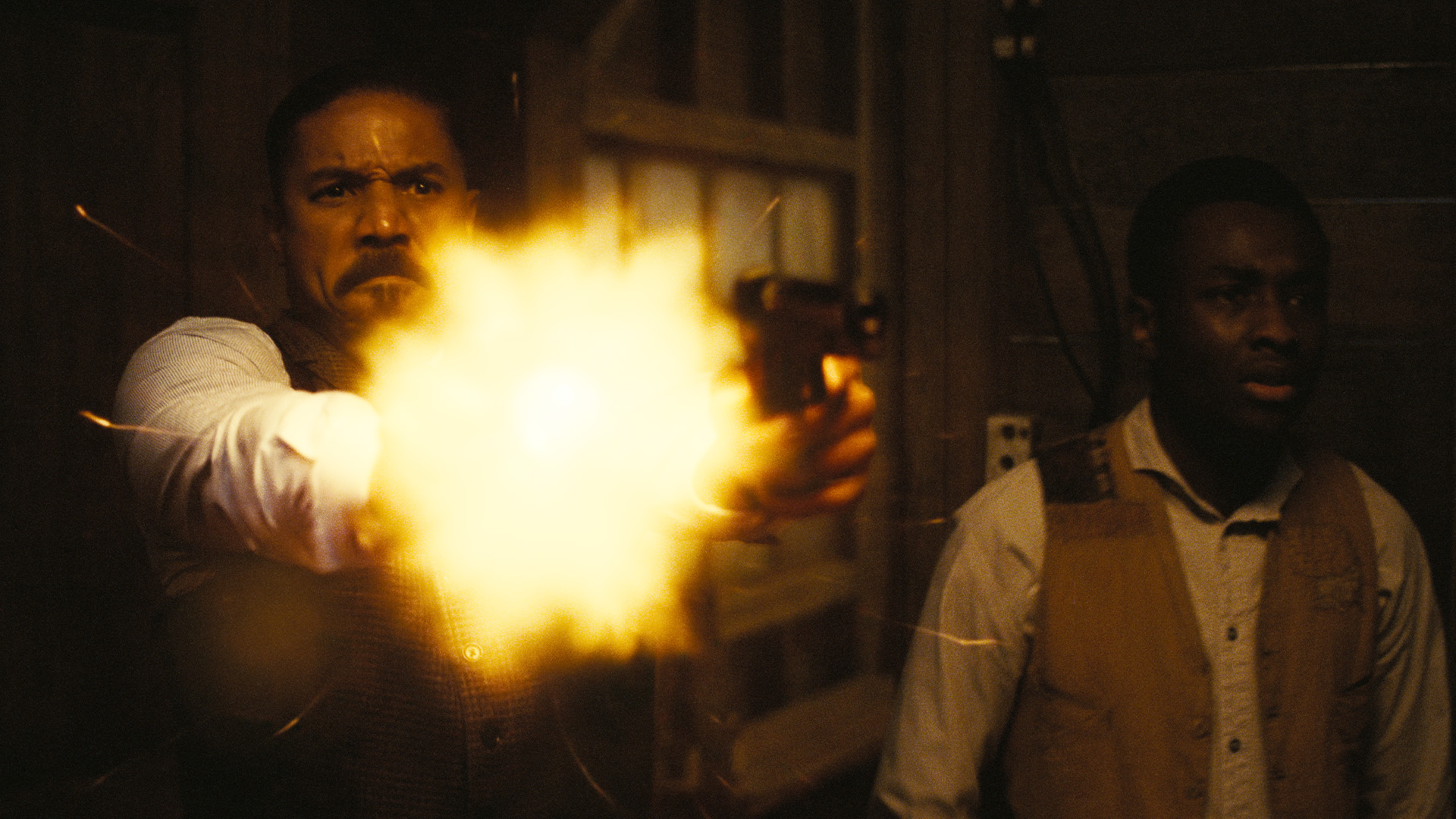
That’s the brilliant thing about Coogler’s fanged fusion. As the filmmaker said at a virtual press conference, “The film is very genre fluid. Yes, vampires are an element, but that’s not the only supernatural element. I think it’s going to surprise folks in a good way.” Not only does Sinners uphold the horrific vampiric expectations but in terms of setting—especially the rich tapestry of supernatural legends that haunt Mississippi—along with performance and style, it injects new blood into the perilous proceedings.











